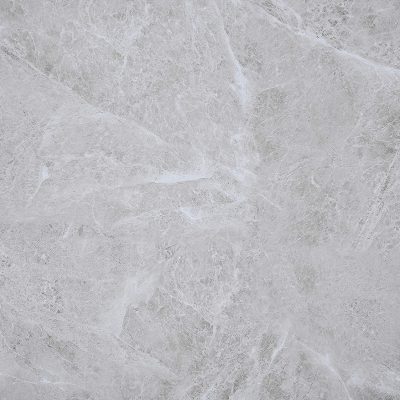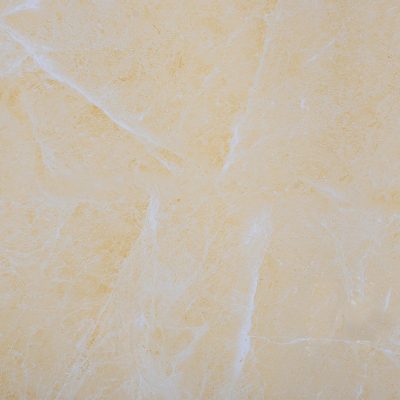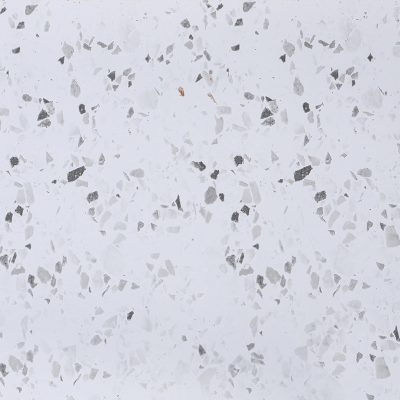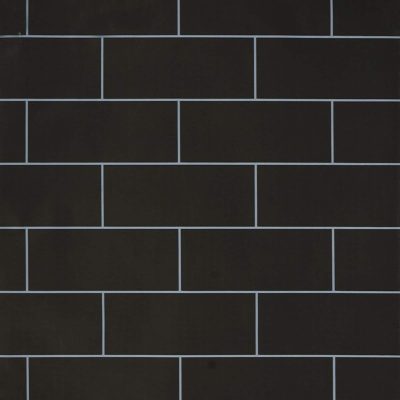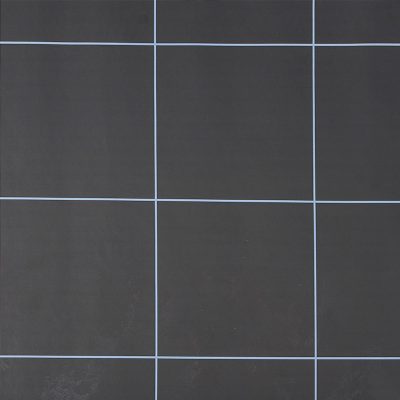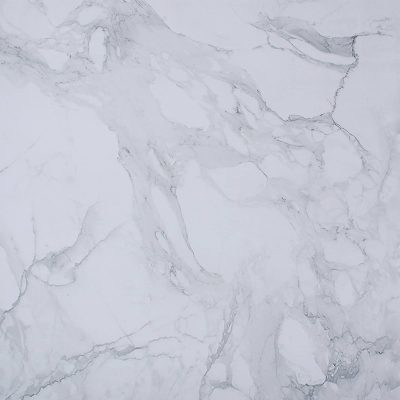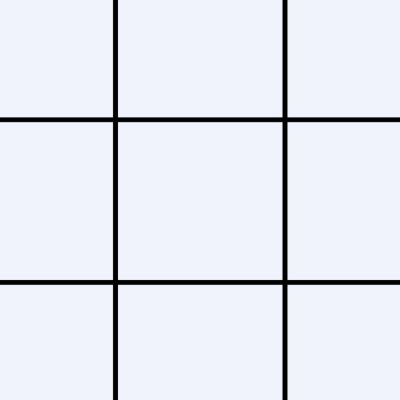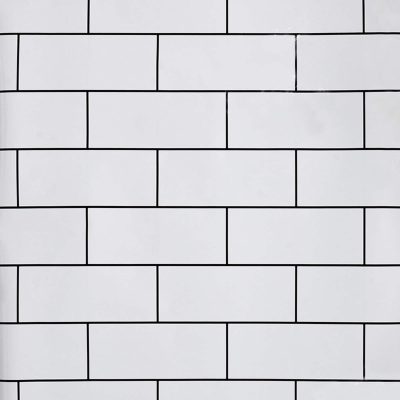No products in the cart.
Home > Wallpaper > Peel and Stick Contact Paper
Peel and Stick Contact Paper
This is self-adhesive contact paper for covering and decorating various surfaces, such as walls, cabinets, and furniture. It's a popular choice for home improvement projects due to its ease of application and affordability.
Filter Products
By Pattern
- Beach(0)
- Beads(0)
- Birds(0)
- Bubbles(0)
- Buildings(0)
- Butterfly(0)
- Chevron(0)
- Circle(0)
- Cobweb(0)
- Corals(0)
- Criss-Cross(0)
- Diamond(0)
- Dolphin(0)
- Hexahedrons(0)
- Ikat(0)
- Jacobean(0)
- Koi Fish(0)
- Leaf(0)
- Letters(0)
- Lines(0)
- Lotus(0)
- Marble(0)
- Modern(0)
- Mosaic(0)
- Nature(0)
- Ocean(0)
- Octagon(0)
- Palm Trees(0)
- Patchwork(0)
- Paws(0)
- Pebbles(0)
- Pebbles and Sea Shell(0)
- Plain(0)
- Quatrefoil(0)
- Rhombus(0)
- Rustic(0)
- Sea Creatures(0)
- Sea Pebbles(0)
- Sea Shell(0)
- Seashell(0)
- Slate(0)
- Stone(0)
- Succulent(0)
- Tile(0)
- Tulip(0)
- Vines(0)
- Waves(0)
- Weave(0)
- Wood(0)
- X(0)
- Argyle(0)
- Cement(0)
- Concrete(0)
- Fabric(0)
- Fruits(0)
- Grunge(0)
- Herringbone(0)
- Honeycomb(0)
- Moroccan(0)
- Ogee(0)
- Patriotic(0)
- Plastered(0)
- Slate Stone(0)
- Solid(0)
- Terrazzo(0)
- Trellis(0)
- Animals(0)
- Bricks(0)
- Contemporary(0)
- Country(0)
- Damask(0)
- Distressed(0)
- Floral(0)
- Abstract(0)
- Floral & Flowers(0)
- Geometric(0)
- Glitter(0)
- Kids(0)
- Kitchen(0)
- Outdoors(0)
- Random(0)
- Sports(0)
- Stars(0)
- Stripes(0)
- Traditional(0)
- Victorian(0)
- Vintage(0)
By Thickness
- 0.08(0)
- 0.12(0)
- 0.15(0)
- 0.16(0)
- 0.18(0)
- 2(0)
- 0.01(0)
By Color
- Aegean(0)
- Alabaster(0)
- Antique(0)
- Antique Brass(0)
- Antique Copper(0)
- Antique Gold(0)
- Antique Silver(0)
- Aquamarine(0)
- Ash(0)
- Beige(2)
- Black(4)
- Ble(0)
- Blonde(0)
- Blue(0)
- Blue, Pink(0)
- Bluish(0)
- Brass(0)
- Bronze(0)
- Brown(0)
- Buff(0)
- Burgundy(0)
- Caramel(0)
- Cerulean(0)
- Charcoal(0)
- Chartreuse(0)
- Chinoiserie(0)
- Cobalt(0)
- Coffee(0)
- Copper(0)
- Cream(0)
- Dark Beige(0)
- Ecru(0)
- Ginger(0)
- Gold(0)
- Gold-Green-Red(0)
- Gold-Red-Green(0)
- Golden(0)
- Green(0)
- Grey(1)
- Grey, Black(0)
- Gunmetal(0)
- Hazel(0)
- Indigo(0)
- Ivory(0)
- Lavender(0)
- Light Beige(0)
- Light Blue(0)
- Light Brown(0)
- Light Green(0)
- Light Grey(0)
- Light Pink(0)
- Light Purple(0)
- Light Russet(0)
- Lilac(0)
- Magenta(0)
- Mahogany(0)
- Maroon(0)
- Mauve(0)
- Merigold(0)
- Multicolor(0)
- Multicolored(0)
- Navy(0)
- Ochre(0)
- Off-White(0)
- Old Tin Roof(0)
- Olive(0)
- Orange(0)
- Pale Beige(0)
- Patina(0)
- Peach(0)
- Pearl(0)
- Pearl White(0)
- Pearl White-Gold(0)
- Periwinkle(0)
- Pewter(0)
- Pink(0)
- Porcelain(0)
- Purple(0)
- Red(0)
- Rose(0)
- Rouge(0)
- Russet(0)
- Rust(0)
- Rustic(0)
- Sage(0)
- Sepia(0)
- Silver(0)
- Simply Rustic(0)
- Steel Grey(0)
- Tan(0)
- Taupe(0)
- Tawny(0)
- Teal(0)
- Transparent(0)
- Turquoise(0)
- Violet(0)
- White(5)
- Yellow(1)
- Yellow, Blue(0)
- Ash Grey(0)
- Auburn(0)
- Autumnus Rustic(0)
- Beige Brown(0)
- Beige Grey(0)
- Black Steel(0)
- Black White(0)
- Black, Gold(0)
- Black, Orange(0)
- Black, White, Gold(0)
- Blush(0)
- Bronze, Grey(0)
- Brown Beige(0)
- Brown Green(0)
- Brown, Beige, Grey(0)
- Burning Forest Copper(0)
- California Gold(0)
- Charcoal White(0)
- Chestnut(0)
- Dark Blue(0)
- Dark Brown(0)
- Dark Green(0)
- Dark Grey(0)
- Dark Grey, White(0)
- Dazzle Green(0)
- Dazzling Green(0)
- Deccan Gold(0)
- Distressed Brown(0)
- Galaxy Black(0)
- Golden Oak(0)
- Golden Patina(0)
- Green Beige(0)
- Green Blue(0)
- Green Brown White(0)
- Green Turquoise(0)
- Green Yellow(0)
- Greige(0)
- Grey Beige Yellow(0)
- Grey, White(0)
- Indian Autumn(0)
- Indian Autumn Rustic(0)
- Indian Glory(0)
- Ivory Autumnus(0)
- Jeera Green(0)
- Mint(0)
- Multi Color(0)
- Orange Yellow Beige(0)
- Pecan(0)
- Pink White(0)
- Pinkish Brown(0)
- Red Orange(0)
- Rose Gold(0)
- Rustic Zinc(0)
- Sand(0)
- Sanjayani White(0)
- Silver Grey(0)
- Silver Shine(0)
- Silver Shine Gold(0)
- Spanish Grey(0)
- Spring Autumnus(0)
- Terra Red(0)
- Whie(0)
- White Green(0)
- White Grey(0)
- White Pink Green(0)
- White, Black(0)
- White, Black, Orange(0)
- White, Light Grey(0)
- Woodland Fire(0)
- Yellow Beige(0)
- Yellow Brown(0)
- Yellow, White(0)
By Size
- 1.6 ft X 1.6 ft(0)
- 10 ft X 24 in(8)
- 10 ft X 35 in(1)
- 10 x 10 in(0)
- 10" x 10"(0)
- 12 ft x 6 in(0)
- 12 ft x 9 in(0)
- 12" x 24''(0)
- 13 in x 13 in(0)
- 142 in X 106 in(0)
- 15 ft x 10 in(0)
- 15 ft x 10.1 in(0)
- 15 ft x 10.24 in(0)
- 15 ft x 10.25 in(0)
- 15 ft x 10.5 in(0)
- 15 ft x 11.5 in(0)
- 15 ft x 12 in(0)
- 15 ft x 3 in(0)
- 15 ft x 3.31 in(0)
- 15 ft x 3.5 in(0)
- 15 ft x 3.75 in(0)
- 15 ft x 4 in(0)
- 15 ft x 4.02 in(0)
- 15 ft x 4.1 in(0)
- 15 ft x 4.13 in(0)
- 15 ft x 4.2(0)
- 15 ft x 4.25 in(0)
- 15 ft x 4.5 in(0)
- 15 ft x 5 in(0)
- 15 ft x 5.1 in(0)
- 15 ft x 5.12 in(0)
- 15 ft x 5.2 in(0)
- 15 ft x 5.25 in(0)
- 15 ft x 5.3 in(0)
- 15 ft x 5.5 in(0)
- 15 ft x 5.66 in(0)
- 15 ft x 5.7 in(0)
- 15 ft x 5.75 in(0)
- 15 ft x 5.8 in(0)
- 15 ft x 6 in(0)
- 15 ft x 6.25 in(0)
- 15 ft x 6.4 in(0)
- 15 ft x 6.5 in(0)
- 15 ft x 6.7 in(0)
- 15 ft x 6.75 in(0)
- 15 ft x 6.8 in(0)
- 15 ft x 6.83 in(0)
- 15 ft x 6.85 in(0)
- 15 ft x 6.87 in(0)
- 15 ft x 6.89 in(0)
- 15 ft x 6.9 in(0)
- 15 ft x 7.25 in(0)
- 15 ft x 7.5 in(0)
- 15 ft x 8 in(0)
- 15 ft x 8.25 in(0)
- 15 ft x 8.5 in(0)
- 15 ft x 8.7 in(0)
- 15 ft x 8.75 in(0)
- 15 ft x 9 in(0)
- 15 ft x 9.25 in(0)
- 15 ft x 9.5 in(0)
- 15 ft. x 7 in(0)
- 15 in x 10 in(0)
- 16 ft X 24 in(8)
- 16 ft X 35 in(1)
- 16.4 ft x 5.25 in(0)
- 16.4 ft x 7.99 in(0)
- 16.4 ft x 8 in(0)
- 18 feet X 18 inches(0)
- 18 feet X 24 inches(0)
- 18 Ft X 36 In(0)
- 18 ft. X 18 in(0)
- 18 ft. X 21 in(0)
- 18 ft. X 24 In(0)
- 19.7 in x 19.7 in(0)
- 2 ft X 1.8 ft(0)
- 2 ft X 2 ft(0)
- 2.3ft X 2.3ft(0)
- 2.3ft X 2.5ft(0)
- 2.6 ft X 2.1 ft(0)
- 26 in x 18 in(0)
- 26 in x 19 in(0)
- 26 in x 20 in(0)
- 27 in x 14 in(0)
- 28 in(0)
- 28 in x 14 in(0)
- 28 in x 15 in(0)
- 3 ft X 2 ft(0)
- 3.1 ft x 1.6 ft(0)
- 3.2 ft x 1.6 ft(0)
- 3.3 ft X 2 ft(0)
- 3.4 ft x 1.6 ft(0)
- 30 ft x 6 in(0)
- 31 in x 20 in(0)
- 31 in x 26 in(0)
- 33 ft. x 2 in(0)
- 33 ft. x 4 in(0)
- 33 in x 20 in(0)
- 35 in X 106 in(0)
- 35 in x 17 in(0)
- 35 in x 26 in(0)
- 39 in x 24 in(0)
- 39 in x 26 in(0)
- 39" x 19"(0)
- 40" x 10"(0)
- 44 ft x 11 in(0)
- 47 in x 31 in(0)
- 55 in(0)
- 68 in x 24 in(0)
- 79 in x 26 in(0)
- 9" x 9"(0)
- 1.2 sq ft; 26.8" x 6.7"(0)
- 1.5 sq ft; 36" x 6"(0)
- 10 sq ft; 24" x 12", Pack of 5(0)
- 10.8 sq ft; 26.8" x 6.7", Pack of 9(0)
- 13 sq ft; 5" x 39", Pack of 10(0)
- 15 sq ft; 36" x 6", Pack of 10(0)
- 16 sq ft; 24" x 47", Pack of 2(0)
- 17 sq ft; 6" x 39", Pack of 10(0)
- 19 sq ft; 24" x 12", Pack of 10(0)
- 2 sq ft; 24" x 12"(0)
- 21.6 sq ft; 26.8" x 6.7", Pack of 18(0)
- 22 sq ft; 106" x 10", Pack of 3(0)
- 24.5 sq ft; 38" x 19", Pack of 5(0)
- 25.5 sq ft; 37" x 19", Pack of 5(0)
- 26 sq ft; 38" x 20", Pack of 5(0)
- 29 sq ft; 36" x 24", Pack of 5(0)
- 31 sq ft; 35" x 25", Pack of 5(0)
- 32.4 sq ft; 26.8" x 6.7", Pack of 27(0)
- 33 sq ft; 37" x 26", Pack of 5(0)
- 33.5 sq ft; 39" x 25", Pack of 5(0)
- 34.5 sq ft; 39" x 25", Pack of 5(0)
- 39 sq ft; 24" x 24", Pack of 10(0)
- 4 sq ft; 24" x 24"(0)
- 4.9 sq ft; 38" x 19"(0)
- 40" x 20"(0)
- 43.2 sq ft; 26.8" x 6.7", Pack of 36(0)
- 49 sq ft; 38" x 19", Pack of 10(0)
- 5 sq ft; 38" x 20"(0)
- 5.1 sq ft; 37" x 19"(0)
- 51 sq ft; 37" x 19", Pack of 10(0)
- 52 sq ft; 38" x 20", Pack of 10(0)
- 54 sq ft; 36" x 6", Pack of 36(0)
- 58 sq ft; 36" x 24", Pack of 10(0)
- 6 sq ft; 36" x 24"(0)
- 6.2 sq ft; 35" x 25"(0)
- 6.6 sq ft; 37" x 26"(0)
- 6.7 sq ft; 39" x 25"(0)
- 6.9 sq ft; 39" x 25"(0)
- 62 sq ft; 35" x 25", Pack of 10(0)
- 66 sq ft; 37" x 26", Pack of 10(0)
- 67 sq ft; 39" x 25", Pack of 10(0)
- 69 sq ft; 39" x 25", Pack of 10(0)
- 70 sq ft; 24" x 24", Pack of 18(0)
- 8 sq ft; 24" x 24", Pack of 2(0)
- 80 in x 35 in(0)
- 9" x 9", Sample(0)
- Full roll; 178 sq ft; 41.7 in (W) X 51.2 ft (L)(0)
- Half roll; 89 sq ft; 41.7 in (W) X 25.6 ft (L)(0)
- Sample(0)
- Sample 10 in X 10 in(0)
- Sample, 5" x 5"(0)
- Sample, 6.7" x 6.7"(0)
- Sample, 6" x 6"(0)
By Shape
- Circular(0)
- Rectangular(0)
- Square(0)
By Number of parts
- 1(0)
- 2(0)
- 4(0)
by Application Method
- Non-Pasted(0)
- Peel-and-Stick(0)
Showing all 9 results
-
Beige Faux Marble Self Adhesive Contact Paper, Peel andCA$25.99 – CA$28.99 Select Option This product has multiple variants. The options may be chosen on the product pageAdd to WishlistRemove from WishlistAdd to Wishlist
-
Beige Yellow Faux Marble Self Adhesive Contact Paper, PCA$25.99 – CA$28.99 Select Option This product has multiple variants. The options may be chosen on the product pageAdd to WishlistRemove from WishlistAdd to Wishlist
-
Black Grey Abstract Self Adhesive Contact Paper, Peel aCA$25.99 – CA$28.99 Select Option This product has multiple variants. The options may be chosen on the product pageAdd to WishlistRemove from WishlistAdd to Wishlist
-
Black Tiles Self Adhesive Contact Paper, Peel and StickCA$25.99 – CA$28.99 Select Option This product has multiple variants. The options may be chosen on the product pageAdd to WishlistRemove from WishlistAdd to Wishlist
-
Black White Tiles Self Adhesive Contact Paper, Peel andCA$25.99 – CA$28.99 Select Option This product has multiple variants. The options may be chosen on the product pageAdd to WishlistRemove from WishlistAdd to Wishlist
-
Off-White Faux Marble Self Adhesive Contact Paper, PeelCA$25.99 – CA$28.99 Select Option This product has multiple variants. The options may be chosen on the product pageAdd to WishlistRemove from WishlistAdd to Wishlist
-
White Black Tiles Self Adhesive Contact Paper, Peel andCA$25.99 – CA$28.99 Select Option This product has multiple variants. The options may be chosen on the product pageAdd to WishlistRemove from WishlistAdd to Wishlist
-
White Faux Marble Tile Self Adhesive Contact Paper, PeeCA$28.99 – CA$37.99 Select Option This product has multiple variants. The options may be chosen on the product pageAdd to WishlistRemove from WishlistAdd to Wishlist
-
White Tiles Self Adhesive Contact Paper, Peel and StickCA$25.99 – CA$28.99 Select Option This product has multiple variants. The options may be chosen on the product pageAdd to WishlistRemove from WishlistAdd to Wishlist
A Versatile and Affordable Solution
With its simple installation, versatility, and durability, contact paper is an excellent option for DIY enthusiasts and homeowners looking to update their spaces without spending a fortune.
Key Differences Between Contact Paper and Wallpaper
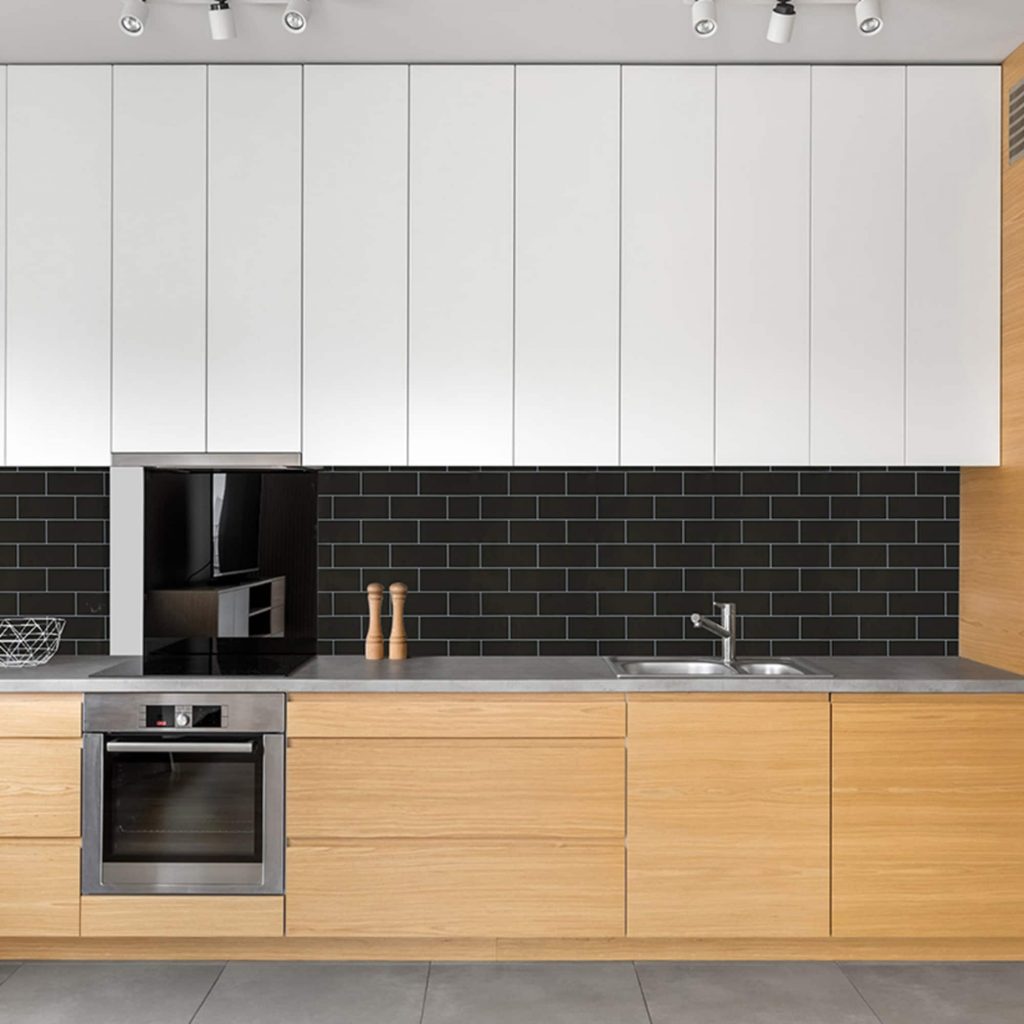
While both contact paper and wallpaper are self-adhesive, they have distinct differences:
Thickness: Contact paper is generally thinner and more flexible than wallpaper, making it easier to apply to curved or uneven surfaces.
Purpose: Contact paper is primarily used to cover flat surfaces like shelves, drawers, and countertops, while wallpaper is typically used to cover walls.
Pattern Matching: Contact paper often has a random pattern match, making installation easier without worrying about perfectly aligning seams. Wallpaper may have a more complex pattern that requires precise matching.
Key Benefits of Using Contact Paper at Home
Easy Installation: Contact paper is a DIY-friendly option that requires no special tools or skills. Simply peel off the backing and adhere the paper to any clean, smooth surface.
Affordability: Contact paper is generally more affordable than traditional wallpaper, making it a budget-friendly way to update your home.
Versatility: Contact paper can be used to cover a variety of surfaces, including shelves, drawers, countertops, and even furniture.
Removable and Reusable: Many contact papers are removable and reusable, allowing you to experiment with different styles without committing to a permanent change.
Durability: When properly applied, contact paper can be a durable and long-lasting addition to your home.
Why Choose Dundee Deco?
High-Quality Materials: Our contact paper is made from eco-friendly materials, ensuring a durable and long-lasting product.
Easy to Clean: The protective film on our contact paper resists oil and stains, making it quick to clean with a damp cloth or sponge.
Versatile Applications: Our contact paper can transform various surfaces, from shelves and drawers to kitchen cabinets and countertops.
Hassle-Free Installation: Our lightweight contact paper is simple to install without needing a contractor, making it ideal for DIY projects.
Satisfaction Guarantee: We stand behind the quality of our products and offer a satisfaction guarantee.
Ready to check out our collection and learn how contact paper can fit your next home project? Explore available categories and find a solution that’s right for your budget, style, and surface.
Installing Contact Paper: A Step-by-Step Guide
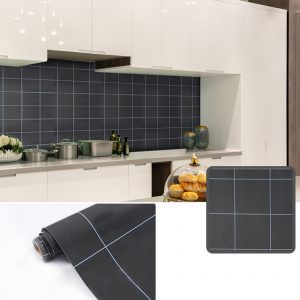
Before You Begin:
- Prepare the Surface: Ensure the surface is clean, dry, and free of dirt, grease, or imperfections. If necessary, sand or prime the surface for better adhesion.
- Measure and Plan: Measure the area you want to cover and plan the layout of the contact paper.
Installation Steps:
- Peel the Backing: Carefully remove the backing from the contact paper, exposing the adhesive side.
- Align and Adhere: Position the contact paper on the prepared surface, ensuring it’s aligned correctly. Press firmly to secure the adhesive.
- Smooth Out Bubbles: Use a squeegee or a soft cloth to smooth out any bubbles or wrinkles.
- Trim Excess Contact Paper: Use a sharp utility knife to trim the excess contact paper at the edges.
- Apply Pressure: After completing the installation, apply firm pressure to the entire surface of the contact paper to ensure proper adhesion.
Additional Tips:
- Start at a Corner: Begin the installation from a corner for easier alignment.
- Work in Sections: To prevent the adhesive from drying out too quickly for larger areas.
- Avoid Stretching: Do not stretch the contact paper during installation, which can cause wrinkles or tears.
- Clean Up Excess Adhesive: If any adhesive seeps out, clean it up immediately with a damp cloth.
- Allow to Dry: Allow the contact paper to dry completely before using the surface.
Frequently Asked Questions
What is contact paper, and how does it differ from traditional wallpaper?
A peel-and-stick shelf liner paper is a self-adhesive, removable material for decorating surfaces. Unlike traditional wallpaper, it does not require paste or water for installation. The backing is peeled off, and the paper is applied directly to the desired surface.
Where can drawer liner paper be used, and is it suitable for all surfaces?
A shelf-liner contact paper is versatile and can be applied to various surfaces, including walls, furniture, countertops, and appliances. It adheres well to smooth, clean surfaces, making it a convenient option for quick and temporary makeovers.
How easy is removing adhesive paper, and does it leave residue?
Removing shelf liner paper is generally simple. Simply peel it off from one corner; it should come off without damaging the surface. In most cases, it leaves little to no residue. Any remaining adhesive can often be easily cleaned with a mild cleaner.
Can a shelf and drawer liner paper be repositioned during installation?
Yes, one advantage of a shelf liner is that it can be repositioned during installation. This feature allows adjustments to ensure proper alignment before the adhesive fully sets.
Are there specific maintenance tips for a drawer liner contact paper?
To maintain the appearance of drawer liner paper, avoid using abrasive cleaners and clean gently with a damp cloth. While the material is durable, prolonged exposure to extreme heat or moisture should be avoided for optimal longevity.

